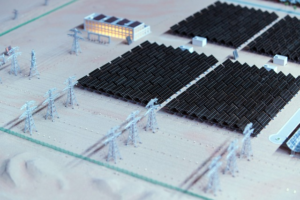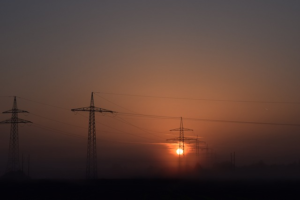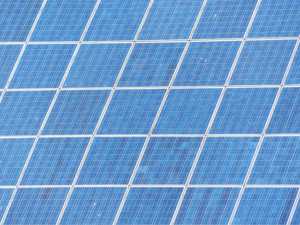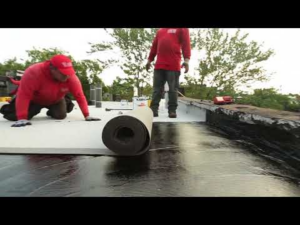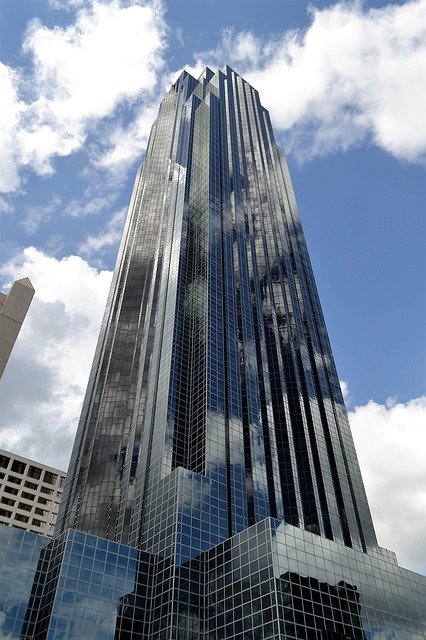
For many in Europe, the Russian invasion of Ukraine and passionate discussions about how to ban Russian energy exports are yet another sign that renewable energies are the future.
Wind, solar and hydropower are seen as tools to building energy security, as well as being more environmentally sustainable.
The Middle East has plenty of potential for solar power. Some countries there also have pressing national concerns about electricity, especially in those where the government-run electricity grid doesn’t function or fuel must be imported.
Yet, despite being among the sunniest places on earth, most Middle Eastern countries don’t yet come close to Europe’s solar power generation abilities per capita.
For example in 2020, there were 810 kilowatt hours of solar power produced per person in the European Union. Morocco and Saudi Arabia, two of the regional leaders in solar energy, respectively produced 106 and 74 kilowatt hours per person the same year.
The United Arab Emirates plans to spend billions on renewable energy over the next 30 years
Why is solar power taking so long?
For some countries, like Saudi Arabia, there was no need push solar, they simply produced electricity with their own oil. In others, where everyday life is already difficult for citizens and businesses; disorganization, corruption and a lack of cash have hampered the establishment of solar power production.
For example, Iraq is known for financial corruption and political instability. It is still trying to form a government right now, despite the fact that elections took place last October.
Since 2019, successive Iraqi leaders have become more serious about solar energy, said Harry Istepanian, a Washington-based energy consultant specialized in Iraqi energy, in a 2020 paper on the topic.
But, as Istepanian explained, potential investors have been prevented from going further due to, “economic, political, transparency and security uncertainties.”
Similar problems plague Lebanon, which is going through its worst financial and political crisis in decades. As energy specialists from the American University of Beirut pointed out in a September 2021 report, the country’s main utility company is part of the problem.
“Lebanon’s electricity sector and specifically [the public power company] EDL have long been highlighted as key contributors to the economic and financial crisis the country is witnessing,” they wrote.
Lebanon often functions despite its government, not because of it, and locals regularly take matters into their own hands. The current lack of electricity and rising costs of fuel for private generators has caused more demand for private solar power set-ups at businesses and in the homes of wealthier Lebanese. Each solar set-up costs at least US$4,000 (€3,675).
The use of private solar power is popular in Yemen for similar reasons. War and instability saw the public electricity grid there collapse. Today, well over half of the population uses decentralized solar power, according to the Berlin-based non-profit NGO Energy Access and Development Program (EADP).
In Yemen, …….
Source: https://www.dw.com/en/will-ukraine-war-derail-the-middle-easts-solar-power-boom/a-61438888
